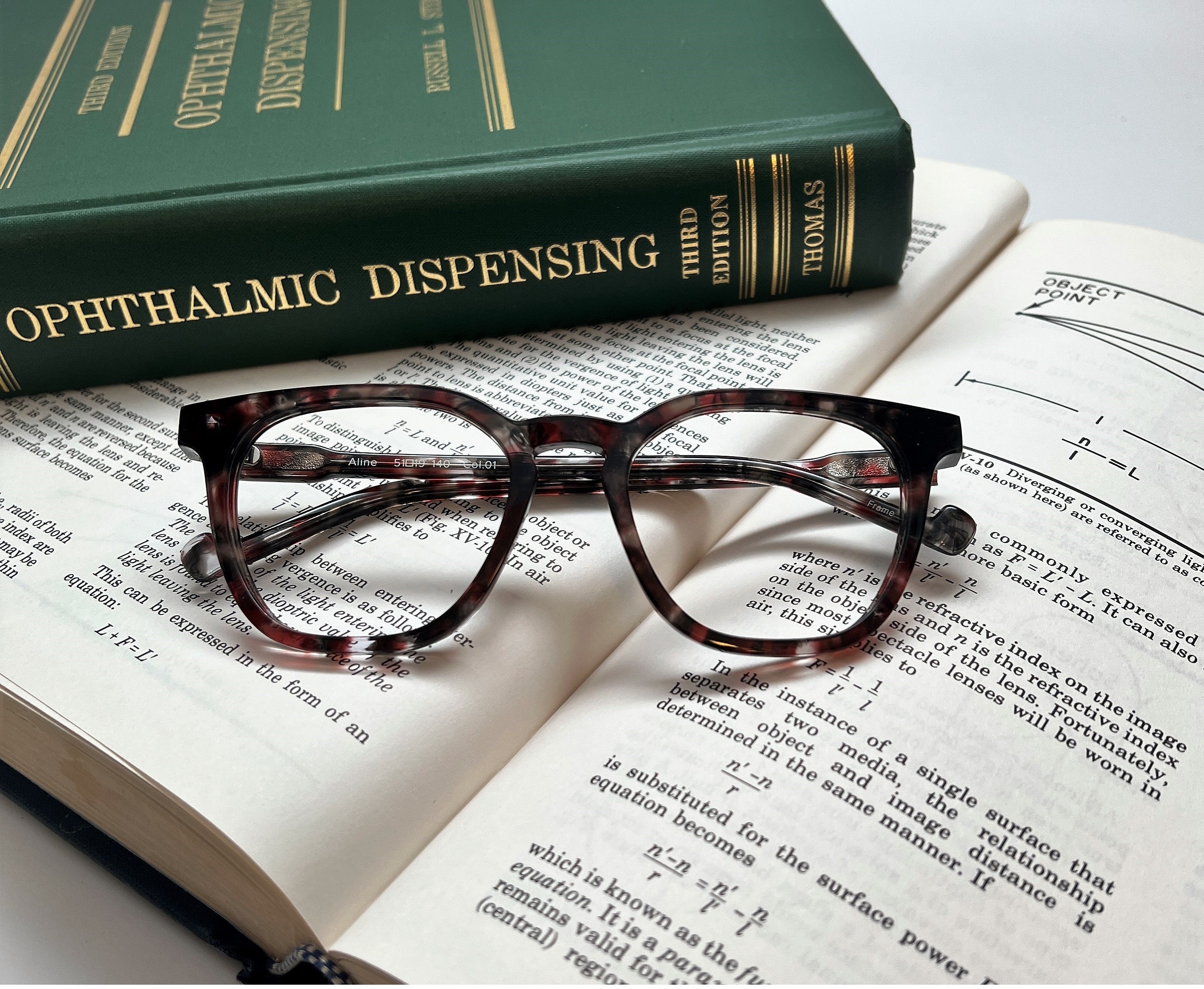
What does optical quality mean?
Written by Renee Bachner | 0 commentsMany ready-made reading glasses are described as optical quality. You may be wondering, what does optical quality mean and why is it important?
Here are the facts:
Optical quality lenses are made from optical grade plastics, like those used in an optical store and meet specific government standards for lens quality, lens power and manufacturing measurements and tolerances. Optical quality plastic lenses, specific to the most popular, CR-39, are of the same lens material as used in prescription eyewear and they are ground individually for each frame. Optical lenses are also available in other variations of lens materials but CR-39 lenses have proven superior optics throughout the decades.
The range in quality of CR-39 optical plastic lenses varies from low grade to premium grade and as you would expect how clearly you can read varies with levels of quality. Lens manufacturing standards have a broad range of tolerances. For best and healthy reading, lenses should be made to precise optical standards.
Large batch lens production typical of acrylic and a variety of other polymers commonly used in ready-made readers will not give you the superior optics of premium grade optical lenses. These lenses are not optical quality. You will not find these lenses in an optical lab and they are not used for prescription lenses in any optical store. Read more about lens materials here.
So, why is it important that your reading glasses have premium grade optical quality lenses?
The short answer is that with the many hours of computer reading we do today, lens quality will affect the clarity and ease with which you read which will ultimately affect how you feel.
Here's the science to back this up. Premium grade optical optical lenses are subject to higher standards of quality control. The strict uniformity of lens surfaces and flawless clarity of premium quality optical lenses provide an unobstructed path for visual images to travel through your eyes to optic nerve, located in the back of your eye, which then sends visual impulses to the part of your brain where vision takes place. Inferior quality lenses interrupt this visual passage creating strained vision. Our lenses are very high quality. Lens quality affects how clearly you can see and better quality lenses require less lens strength to see clearly and for longer periods of time.
Clear reading is comfortable reading and healthy reading. Eye strain can leave you feeling exhausted at the end of the day and can cause headaches, dry or teary eyes, poor sleep and body soreness.
Our Optical quality frames are made one by one and go through a long labor-intensive manufacturing process that has many layers of quality control. Optical quality frames are made from qualified optical plastics, metals, and other components that among many other features including durability and malleability. This allows for a better fit with easy adjustments, and it also makes the frames suitable for the insertion of prescription lenses. Our prescription quality plastic frames are made from cellulose acetate, historically known to retain color, luster and they last longer. - just think of all the vintage frames still in circulation. New plastics have emerged in eyewear manufacturing, but none have proven the same lasting looks and long wear as cellulose acetate.
Listening to my optical store customers dissatisfaction with the poor optics and craftsmanship of the present selection of ready-made readers, I knew that if I applied my fastidious 30 plus years of fashion and optical expertise, I could make reading glasses that are of comparable quality to high-end prescription eyewear- and I did.
ReneeLicensed Optician
New York
